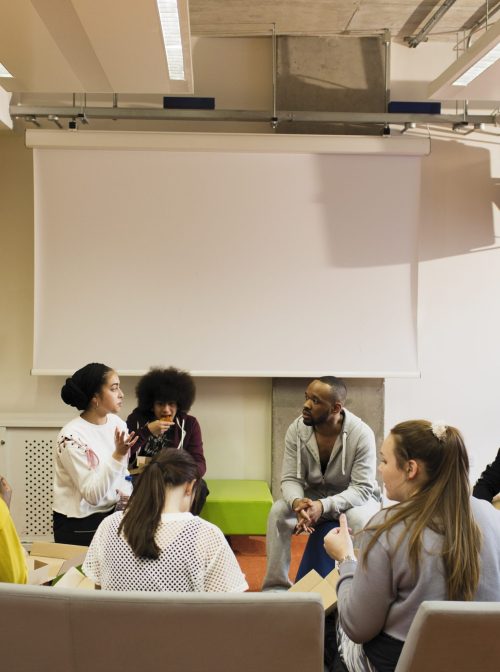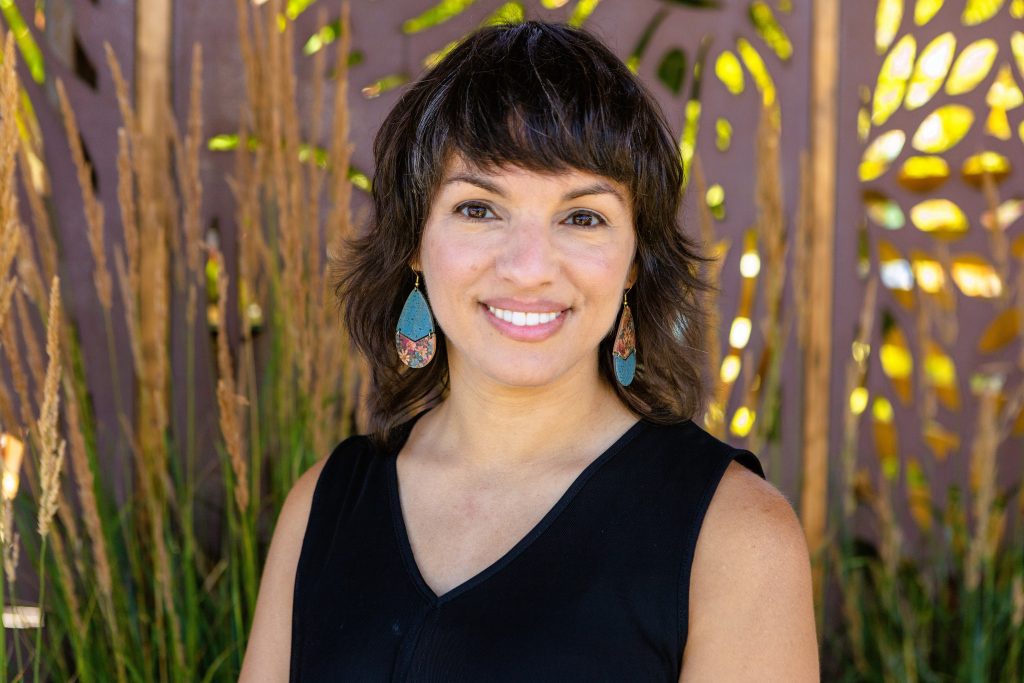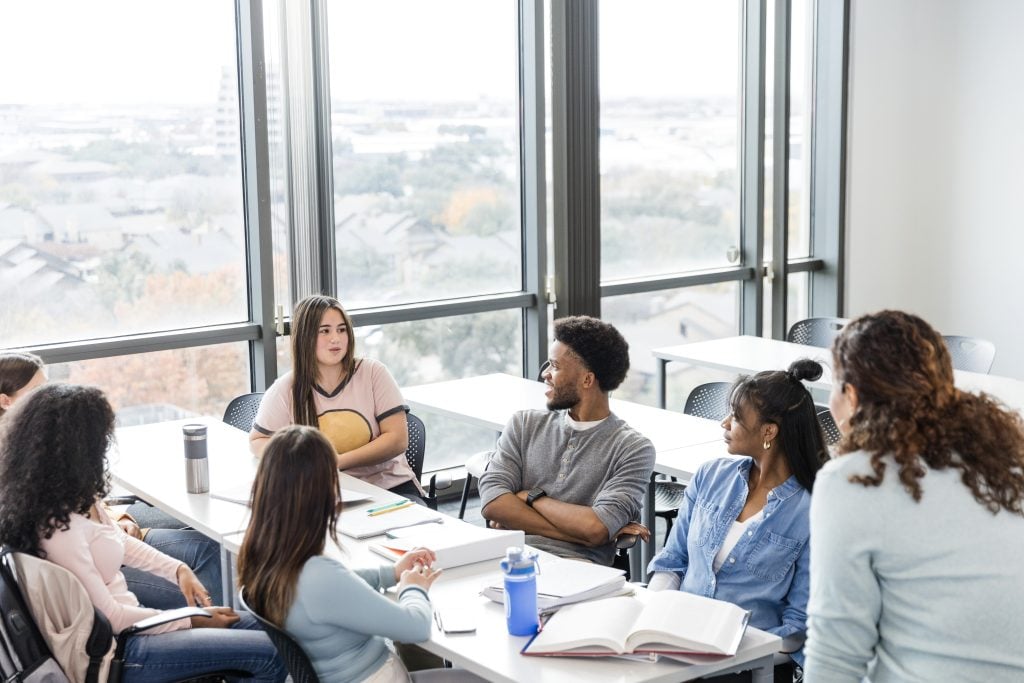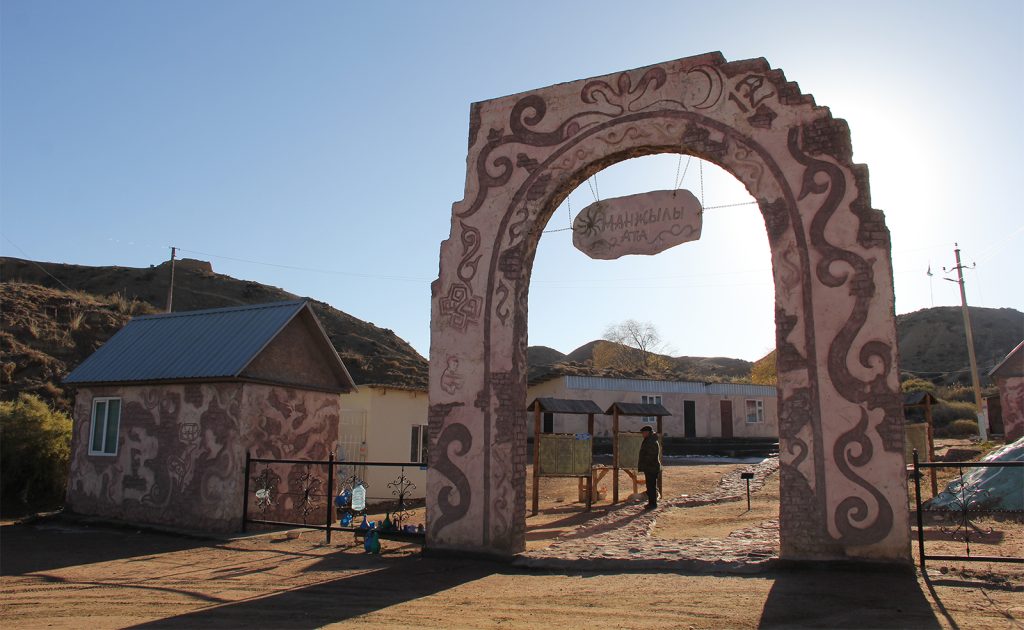“Did anyone else get ‘Liberal Quaker’?”
“What’s a Unitarian Universalist?”
“Wait, how did I get this answer if I’m a Christian?”
These are some questions high schoolers posed to each other at a pizza lunch hosted by our school’s newest affinity group. Religious identity is a funny thing since almost everyone has one, but it varies in how salient it is to them. In my largely secular school setting, more often than not, students have very thin religious identities, or are largely ignorant of religion in general. To get students to think about this aspect of their identity and how it impacts them through doctrinal belief, cultural norms, and family customs, I, along with a faculty colleague, helped start an interfaith affinity group at my school called Faith in Focus.
The group, originally a fledgling Muslim Student Association, decided that they want a space that invited more people in and that their conversations and questions about living their faith are no different from, and can be richer by, speaking with those of other faiths. Pretty soon, word got around, and we had a sizable and committed group of students of various faiths, or no faith at all, across high school grades, to meet and talk to each other about what faith, religion and spirituality mean to them.
Their conversations and questions about living their faith are no different from, and can be richer by, speaking with those of other faiths.
There were some students who were looking for places to talk about what to them was the most salient part of their identity, and there were still others that wanted to share a part of themselves that did not get as much airtime in other spaces. It seemed to click right away because of the diversity of faiths and attitudes towards faith in the room, not in spite of it.
The group, eager to invite more friends in, decided that they wanted to host pizza lunches to get more of their classmates to join in and discuss. Soon we were meeting semi-regularly with a modest group of curious students in the library taking BeliefNet’s Belief-O-Matic religious identity quiz and asking each other questions about ideas about God, our different holidays, and what our family does to commemorate important occasions.
Some students shared how, for them, religious identity is deeply interwoven into their family’s identity and it is hard to tease out what is faith and what is just what we do at home. There was also an enlightening discussion between students who are of the same faith, but have families from different parts of the world and how they differently commemorate religious events.
The pizza lunches were mostly a success. We had a few more students join the affinity group, had a story written about us in the student paper, and became an established part of the school’s student affinity group community. Unfortunately, I planned one of the lunches while students were fasting during Passover, Lent and Ramadan, and most of the pizza went uneaten, but they forgave me.
Mustafa Nusraty is an IA Emerging Leader and teaches high school history at an independent school in Washington, D.C.




